Home>Renovation & DIY>Home Renovation Guides>How To Remove Grease From Backsplash
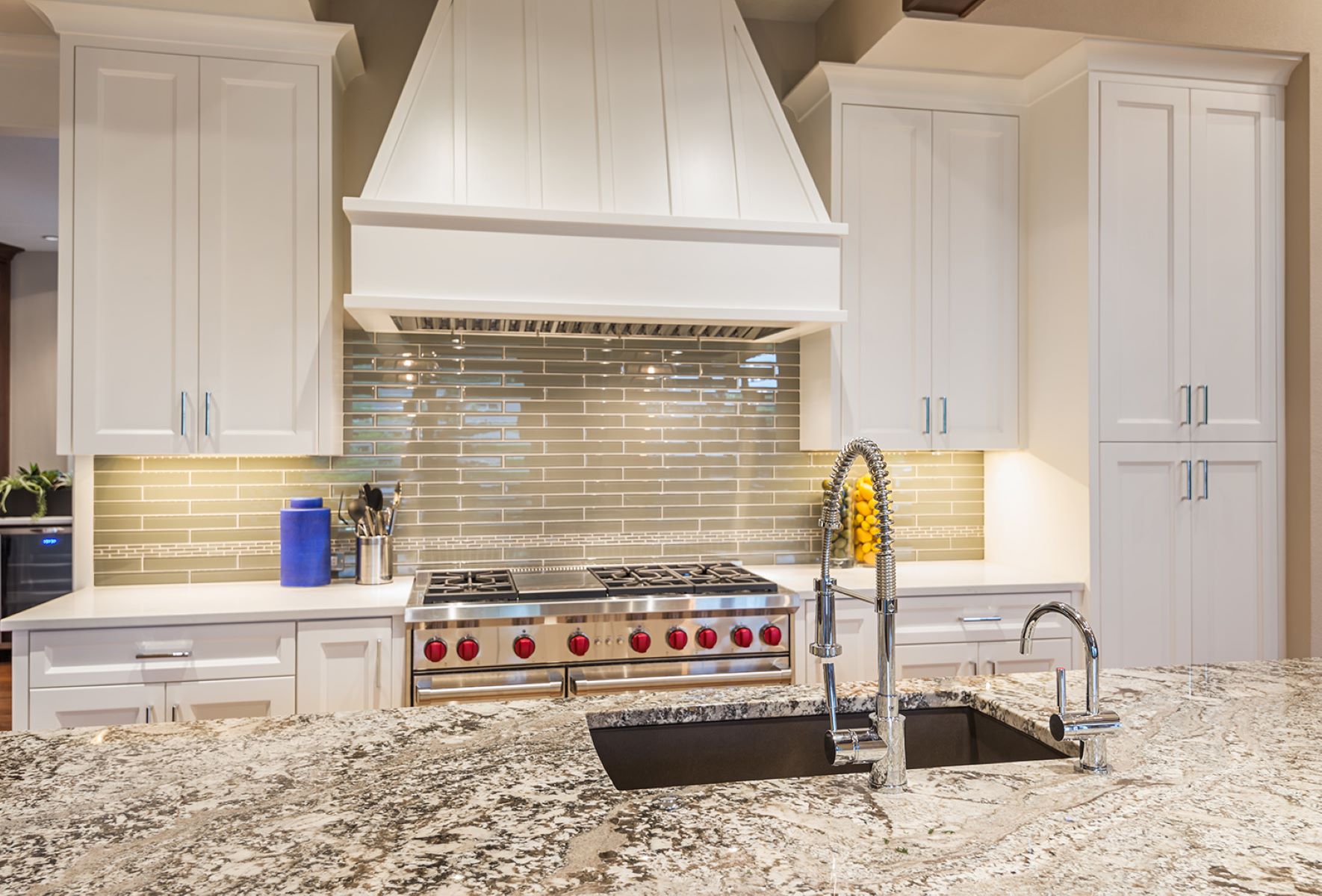

Home Renovation Guides
How To Remove Grease From Backsplash
Modified: March 25, 2024
Learn effective methods for removing grease from your backsplash with our comprehensive home renovation guide. Keep your kitchen looking fresh and clean with these expert tips.
(Many of the links in this article redirect to a specific reviewed product. Your purchase of these products through affiliate links helps to generate commission for Storables.com, at no extra cost. Learn more)
Introduction
Grease buildup on a kitchen backsplash is a common issue that many homeowners face. Over time, cooking oils, food particles, and other residues can accumulate on the backsplash, creating an unsightly and challenging mess to clean. However, with the right techniques and materials, you can effectively remove grease from your backsplash and restore its original luster.
A clean and well-maintained backsplash not only enhances the aesthetic appeal of your kitchen but also contributes to a healthier cooking environment. Grease buildup not only looks unattractive but can also harbor bacteria and odors, impacting the overall cleanliness and ambiance of your kitchen space. By learning how to effectively remove grease from your backsplash, you can ensure that your kitchen remains a welcoming and hygienic area for cooking and entertaining.
In this comprehensive guide, we will delve into the nature of grease and its impact on backsplashes, explore the essential tools and materials needed for effective grease removal, and provide a step-by-step walkthrough to help you tackle this common cleaning challenge. Additionally, we will discuss preventive measures to minimize future grease buildup, empowering you to maintain a pristine and inviting kitchen environment.
Whether you're a seasoned homeowner or a novice in the realm of home maintenance, this guide is designed to equip you with the knowledge and skills necessary to conquer grease buildup and keep your kitchen backsplash looking its best. Let's embark on this journey to restore the sparkle and cleanliness of your kitchen backsplash, ensuring that it remains a source of pride and joy in your home.
Key Takeaways:
- Grease buildup on your kitchen backsplash can be effectively removed using simple tools and materials like vinegar, baking soda, and degreasing cleaner. With the right approach, you can restore your backsplash to its original luster.
- To prevent future grease buildup, consider implementing proactive measures such as regular maintenance, protective barriers, proper ventilation, and conscious cooking practices. These strategies can help maintain a clean and inviting kitchen environment.
Read more: How To Remove Grease From Stone Backsplash
Understanding the nature of grease
Grease, in the context of kitchen maintenance, is a viscous residue that accumulates on surfaces as a byproduct of cooking. It is primarily composed of fats, oils, and food particles that become airborne during the cooking process and settle onto nearby surfaces, including the kitchen backsplash. Understanding the nature of grease is essential for effectively combating its buildup and ensuring a clean and hygienic kitchen environment.
One of the key characteristics of grease is its adhesive nature. When cooking oils and fats are heated, they transform into a liquid state, allowing them to easily splatter and spread onto surrounding surfaces. As these hot oils come into contact with cooler surfaces, such as the backsplash, they begin to solidify, forming a sticky and resilient layer that adheres to the surface. Over time, this layer thickens as additional cooking activities contribute to the accumulation of more grease.
Furthermore, grease is prone to trapping food particles and other impurities, leading to the formation of a stubborn and unattractive residue on the backsplash. This buildup not only affects the visual appeal of the kitchen but also creates an environment conducive to bacterial growth and unpleasant odors. Additionally, the porous nature of some backsplash materials can exacerbate grease absorption, making it even more challenging to remove.
It's important to recognize that the composition of grease can vary based on the types of cooking activities performed in the kitchen. For instance, frying and sautéing can produce grease with different viscosities and adhesive properties compared to baking or roasting. Understanding these variations can inform the selection of appropriate cleaning methods and products tailored to the specific characteristics of the grease present on the backsplash.
By gaining insight into the nature of grease and its behavior on kitchen surfaces, homeowners can approach the task of grease removal with a targeted and informed strategy. This understanding serves as the foundation for selecting the right tools, materials, and techniques to effectively eliminate grease buildup and maintain a pristine backsplash.
In the next section, we will explore the essential tools and materials needed to tackle the challenge of removing grease from the kitchen backsplash.
Tools and materials needed
To effectively remove grease from your kitchen backsplash, you will need a set of essential tools and materials designed to tackle this specific cleaning challenge. Equipping yourself with the right items will streamline the cleaning process and ensure thorough grease removal without causing damage to the backsplash surface. Here's a comprehensive list of the tools and materials you'll need:
Tools:
- Microfiber Cloths: These soft and absorbent cloths are ideal for wiping and buffing the backsplash surface without leaving lint or streaks behind.
- Soft-Bristled Brush: A gentle brush, such as a toothbrush or a dedicated cleaning brush, can be used to agitate and dislodge stubborn grease from grout lines and textured surfaces.
- Plastic Scraper: A plastic scraper or spatula can be employed to gently lift and remove thick layers of grease without scratching or damaging the backsplash material.
- Spray Bottle: Fill a spray bottle with a homemade or commercial cleaning solution to effectively apply it to the grease-affected areas of the backsplash.
- Sponge: A soft sponge is useful for applying and spreading cleaning solutions while providing gentle abrasion to dislodge grease buildup.
Materials:
- Degreasing Cleaner: Select a specialized degreasing cleaner formulated to break down and dissolve tough grease. Look for products labeled specifically for kitchen use.
- Vinegar: White vinegar, known for its acidic properties, can be used as a natural and cost-effective alternative to commercial cleaners for cutting through grease.
- Baking Soda: This household staple serves as a mild abrasive agent, aiding in the removal of grease and stubborn stains from the backsplash.
- Dish Soap: A gentle dish soap, when diluted with water, can serve as an effective grease-cutting solution for light to moderate buildup.
- Warm Water: Prepare a basin of warm water to rinse and wipe the backsplash after cleaning, ensuring the removal of residual cleaning agents and dissolved grease.
By assembling these tools and materials, you'll be well-prepared to embark on the grease removal process with confidence and efficiency. The next section will provide a detailed step-by-step guide to effectively removing grease from your kitchen backsplash, empowering you to restore its pristine condition and enhance the overall cleanliness of your kitchen space.
Read more: How To Remove Grease From Granite Backsplash
Step-by-step guide to removing grease from backsplash
-
Prepare the Cleaning Solution: Begin by preparing a cleaning solution tailored to cut through grease. If using a commercial degreasing cleaner, follow the manufacturer's instructions for dilution. Alternatively, create a homemade solution by combining equal parts of white vinegar and warm water in a spray bottle. For stubborn grease, sprinkle baking soda onto the affected areas before applying the cleaning solution.
-
Apply the Cleaning Solution: Liberally spray the cleaning solution onto the grease-affected areas of the backsplash. Ensure thorough coverage, especially in areas with visible buildup. Allow the solution to sit for a few minutes to penetrate and dissolve the grease.
-
Agitate and Dislodge the Grease: Using a soft-bristled brush or a sponge, gently agitate the grease-affected areas to dislodge the buildup. Focus on grout lines, textured surfaces, and any crevices where grease may have accumulated. For stubborn spots, carefully use a plastic scraper to lift the grease without damaging the backsplash.
-
Wipe and Rinse: Using a microfiber cloth or a soft sponge, wipe the backsplash surface to remove the dissolved grease and cleaning solution. Rinse the cloth or sponge frequently to prevent spreading the grease. As you wipe, periodically rinse the cloth or sponge in warm water to ensure thorough removal of the cleaning solution and dissolved grease.
-
Inspect and Repeat if Necessary: After the initial cleaning, inspect the backsplash for any remaining grease or stubborn spots. If needed, repeat the cleaning process, focusing on specific areas that require additional attention. For persistent grease buildup, consider applying a small amount of undiluted degreasing cleaner or vinegar directly onto the affected spots before agitating and wiping.
-
Dry and Buff: Once the grease has been effectively removed, use a clean and dry microfiber cloth to gently dry and buff the backsplash surface. This step helps eliminate streaks and water spots, leaving the backsplash with a clean and polished appearance.
By following this step-by-step guide, you can effectively remove grease from your kitchen backsplash, restoring its original cleanliness and luster. This process not only enhances the visual appeal of your kitchen but also contributes to a healthier and more hygienic cooking environment. With the right tools, materials, and techniques, you can conquer grease buildup and maintain a pristine backsplash that complements the overall beauty of your kitchen space.
Preventing future grease buildup
Preventing future grease buildup on your kitchen backsplash is essential for maintaining a clean and hygienic cooking environment. By implementing proactive measures, you can minimize the accumulation of grease and prolong the pristine appearance of your backsplash. Here are effective strategies to prevent future grease buildup:
Regular Maintenance
Consistent and proactive cleaning is key to preventing grease buildup. Incorporate wiping down the backsplash as part of your daily or weekly cleaning routine. Use a mild dish soap and warm water solution to remove any splatters or light residue before they have a chance to solidify and adhere to the surface.
Protective Barriers
Consider installing a protective barrier, such as a transparent backsplash guard or a heat-resistant panel, behind the cooking area. These barriers act as a shield, preventing grease and food particles from directly contacting the backsplash. They are easy to clean and can be a valuable addition to high-traffic cooking spaces.
Read more: How To Protect Backsplash From Grease
Proper Ventilation
Ensure that your kitchen is equipped with a high-quality range hood or exhaust fan to effectively capture and expel airborne grease particles. Adequate ventilation helps minimize the amount of grease that settles on the backsplash and surrounding surfaces, reducing the need for frequent deep cleaning.
Use of Splatter Screens
When cooking with oil or frying, utilize splatter screens to contain hot oil and prevent it from splashing onto the backsplash. These screens are designed to allow steam to escape while providing a protective barrier against grease splatters, helping to maintain a cleaner cooking area.
Regular Grout Maintenance
If your backsplash features grout lines, it's important to regularly inspect and maintain the grout to prevent grease and food residue from accumulating in the porous material. Consider applying a grout sealer to create a protective barrier that repels grease and makes cleaning easier.
Conscious Cooking Practices
Adopt mindful cooking practices to minimize grease splatters. Use lids when frying or sautéing, avoid overcrowding the cooking surface, and maintain a clean stovetop to reduce the likelihood of grease spreading to the backsplash.
By implementing these preventive measures, you can significantly reduce the frequency and intensity of grease buildup on your kitchen backsplash. These proactive steps not only contribute to a cleaner and more visually appealing kitchen but also simplify the task of maintaining a pristine backsplash over time. With a combination of regular maintenance, protective measures, and conscious cooking practices, you can enjoy a grease-free and inviting kitchen environment.
Read more: How To Remove Grease From Glass
Conclusion
In conclusion, the battle against grease buildup on your kitchen backsplash is a conquerable challenge with the right knowledge, tools, and preventive measures. By understanding the nature of grease and its adhesive properties, homeowners can approach the task of grease removal with targeted strategies and effective cleaning solutions. The step-by-step guide provided empowers individuals to tackle grease buildup with confidence, ensuring that their kitchen backsplash remains a source of pride and cleanliness.
Moreover, the preventive measures outlined offer a proactive approach to minimizing future grease accumulation, promoting a cleaner and more hygienic cooking environment. Regular maintenance, protective barriers, proper ventilation, and conscious cooking practices collectively contribute to the long-term preservation of a pristine backsplash, reducing the frequency and intensity of deep cleaning efforts.
By embracing these strategies and incorporating them into your kitchen maintenance routine, you can enjoy a grease-free and visually appealing backsplash that complements the overall beauty of your kitchen space. A clean and well-maintained backsplash not only enhances the aesthetic appeal of your kitchen but also contributes to a healthier and more inviting cooking environment for you and your family.
With the knowledge and insights gained from this comprehensive guide, homeowners are equipped to take on the challenge of grease removal and prevention, ensuring that their kitchen backsplash remains a sparkling and hygienic focal point in their home. By implementing the recommended techniques and maintaining a proactive approach to grease management, individuals can savor the satisfaction of a pristine and inviting kitchen space, free from the burden of stubborn grease buildup.
In essence, conquering grease buildup on your kitchen backsplash is not only achievable but also essential for maintaining a clean and welcoming culinary haven. Armed with the right tools, materials, and preventive strategies, you can confidently navigate the realm of grease removal and upkeep, ensuring that your kitchen remains a source of joy and pride in your home.
Frequently Asked Questions about How To Remove Grease From Backsplash
Was this page helpful?
At Storables.com, we guarantee accurate and reliable information. Our content, validated by Expert Board Contributors, is crafted following stringent Editorial Policies. We're committed to providing you with well-researched, expert-backed insights for all your informational needs.
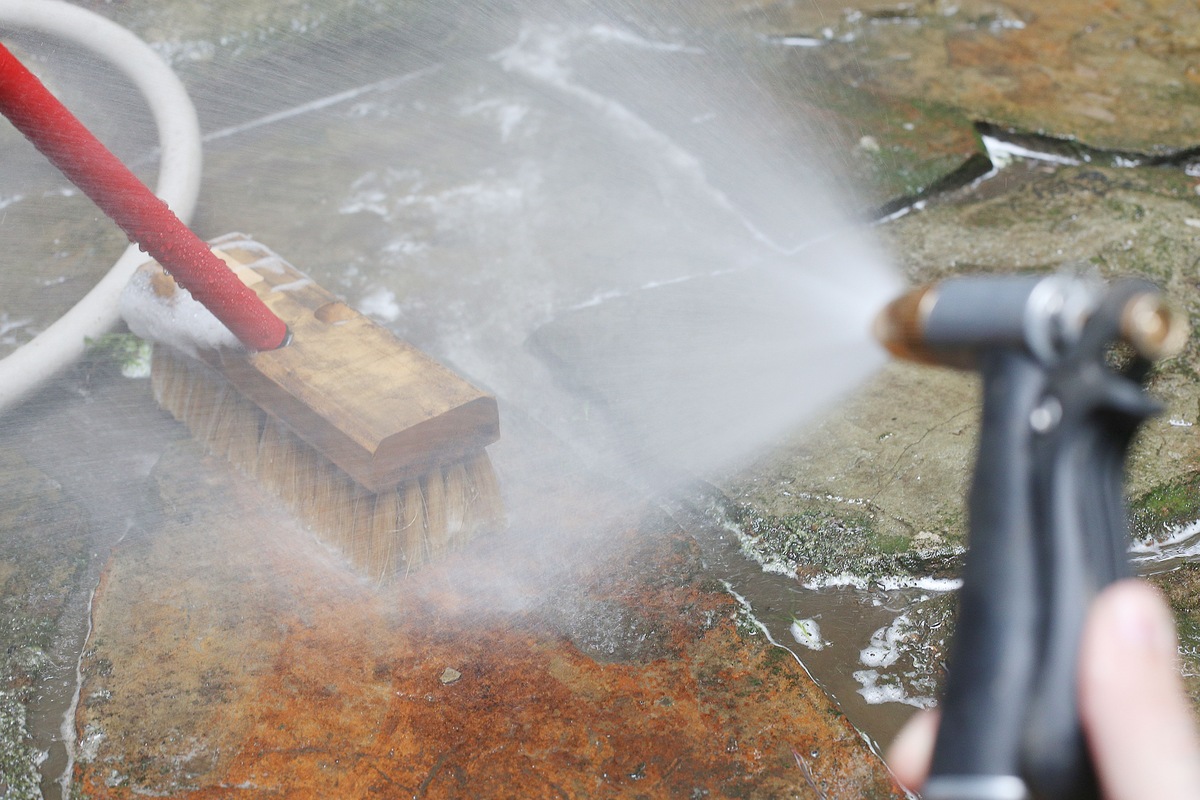
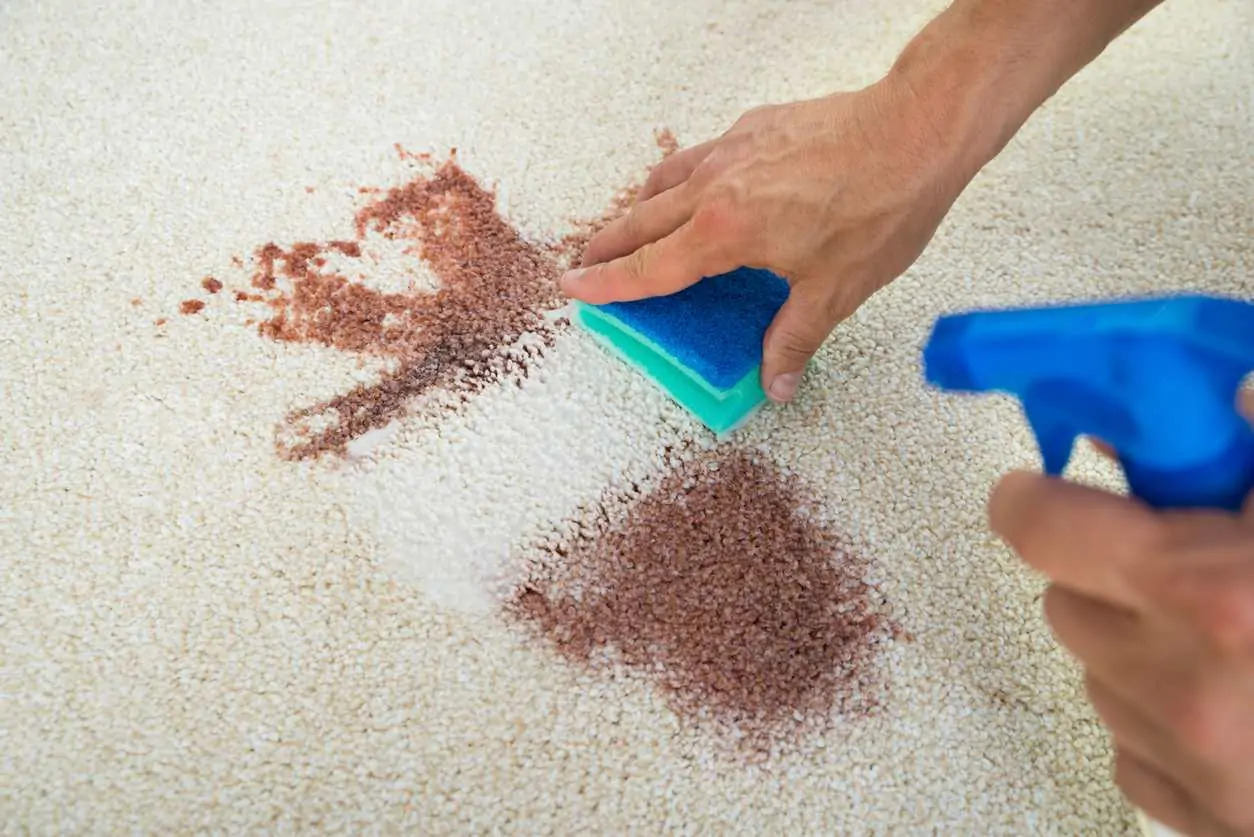
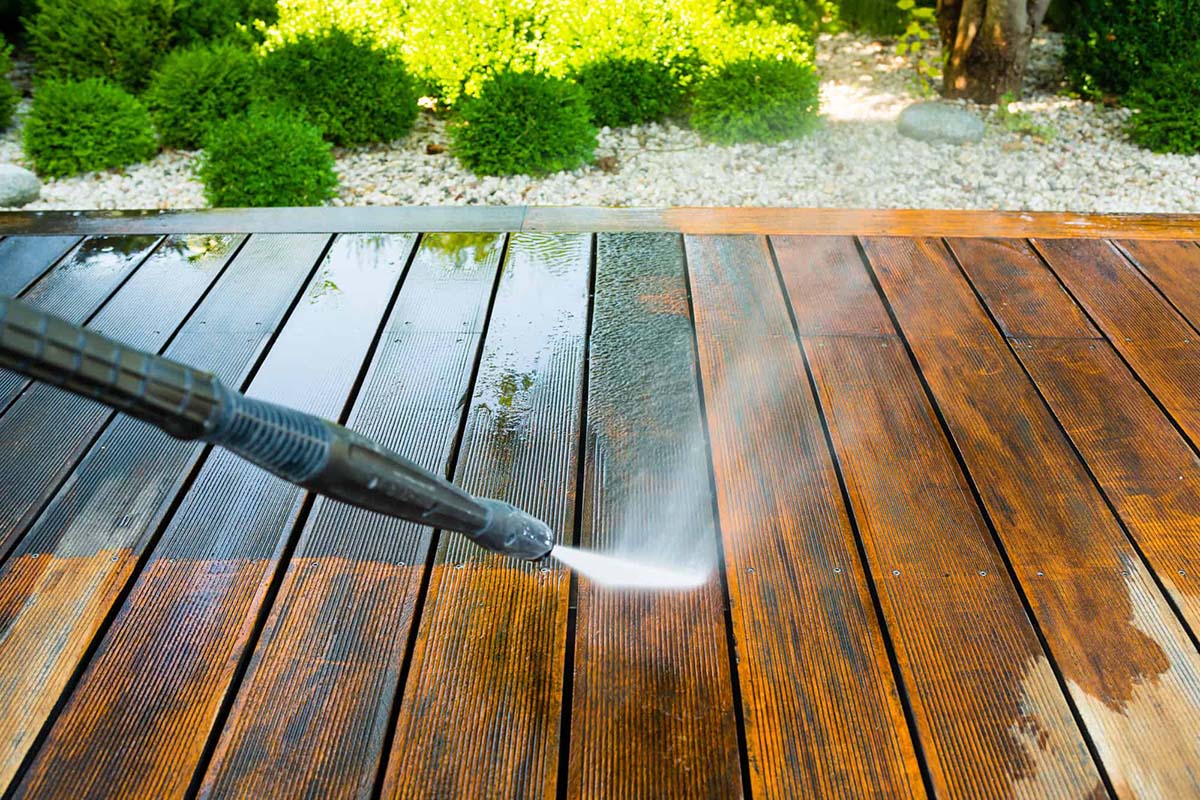
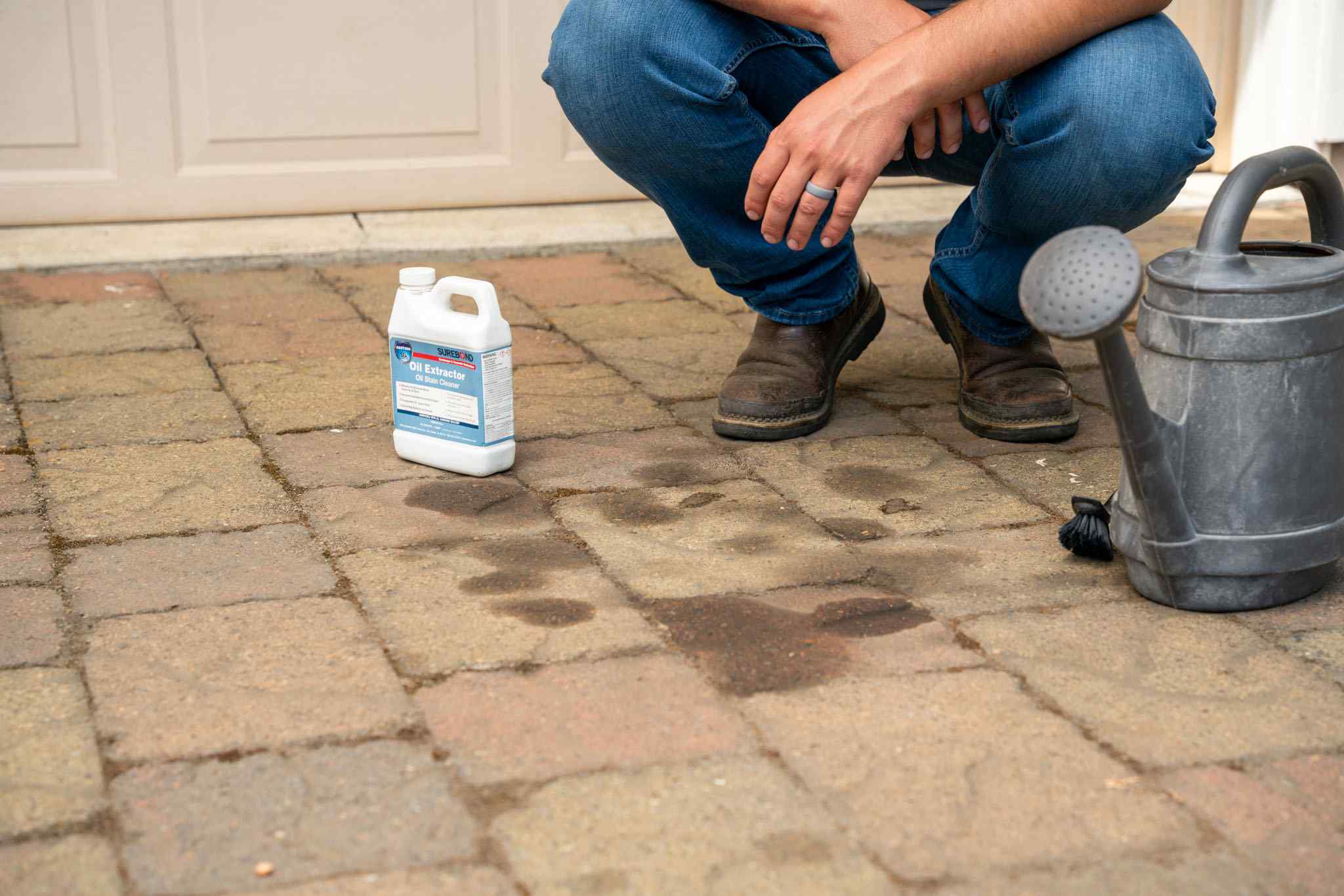
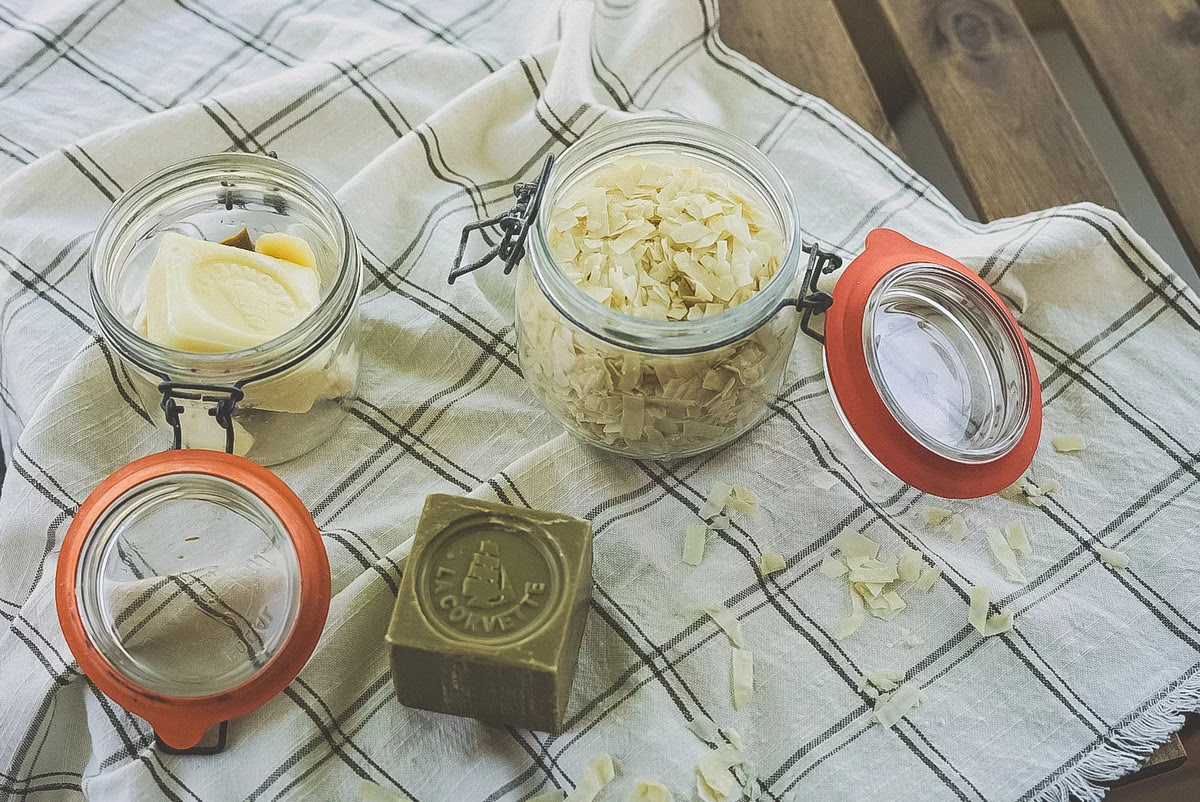
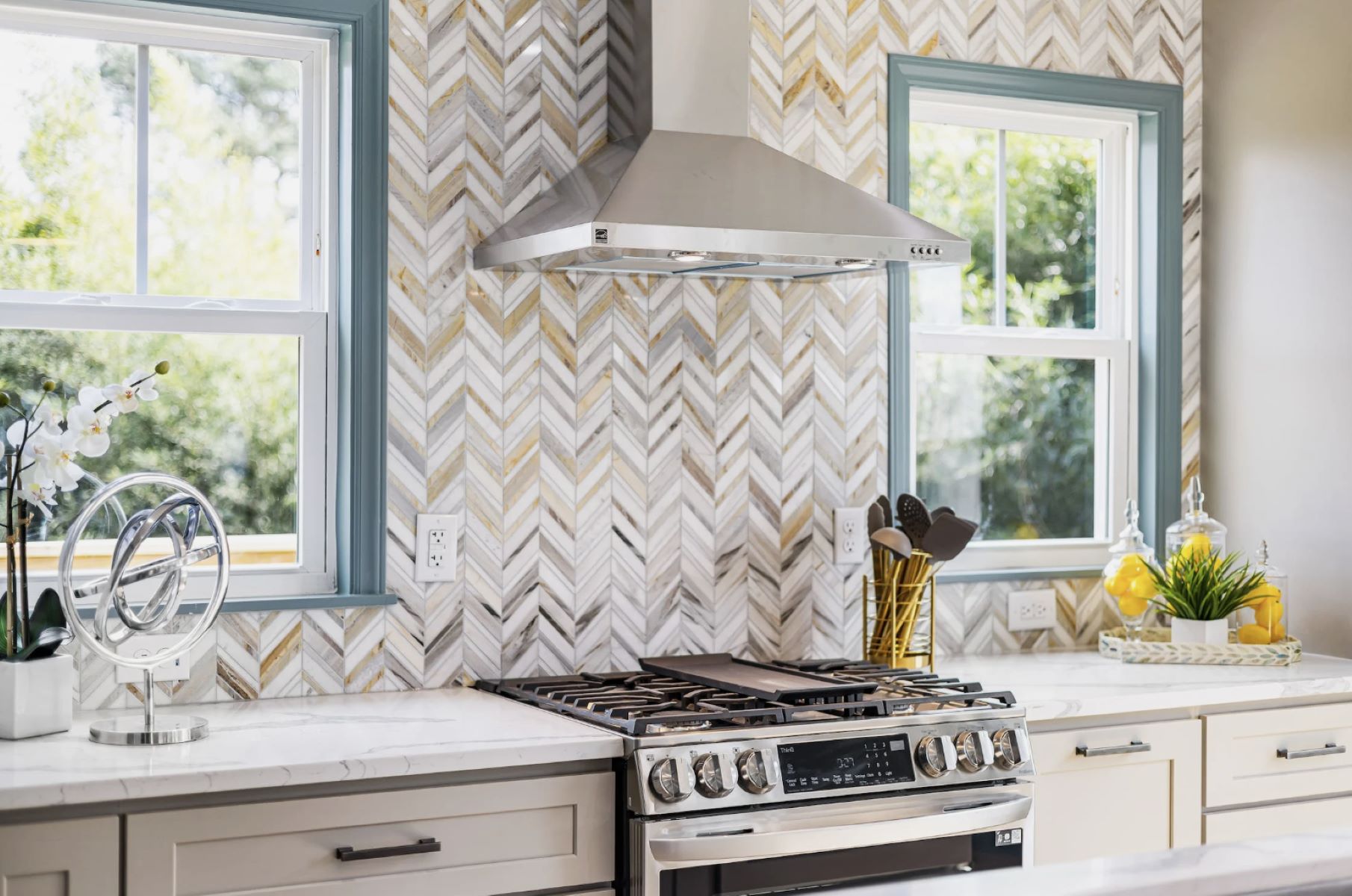
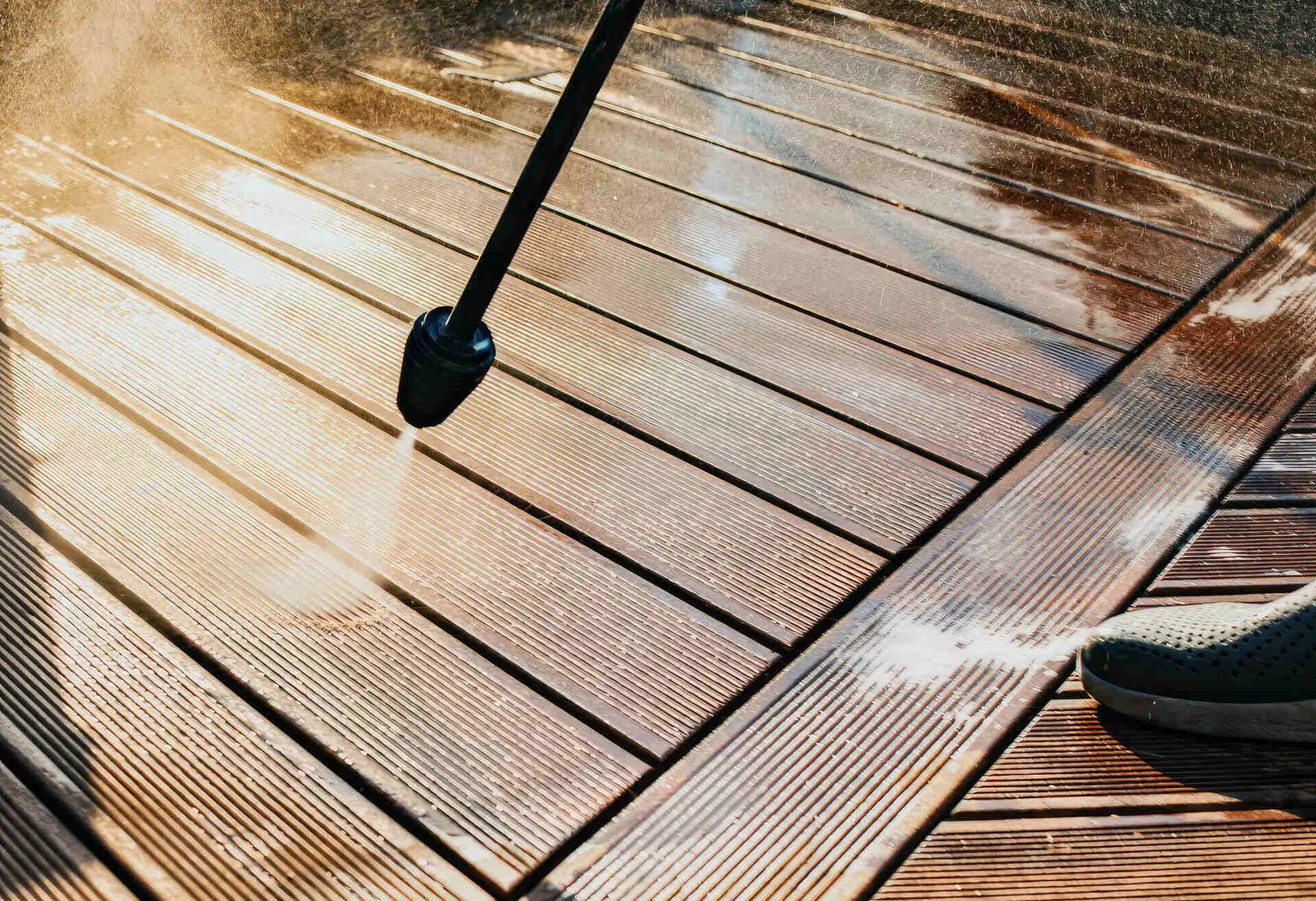
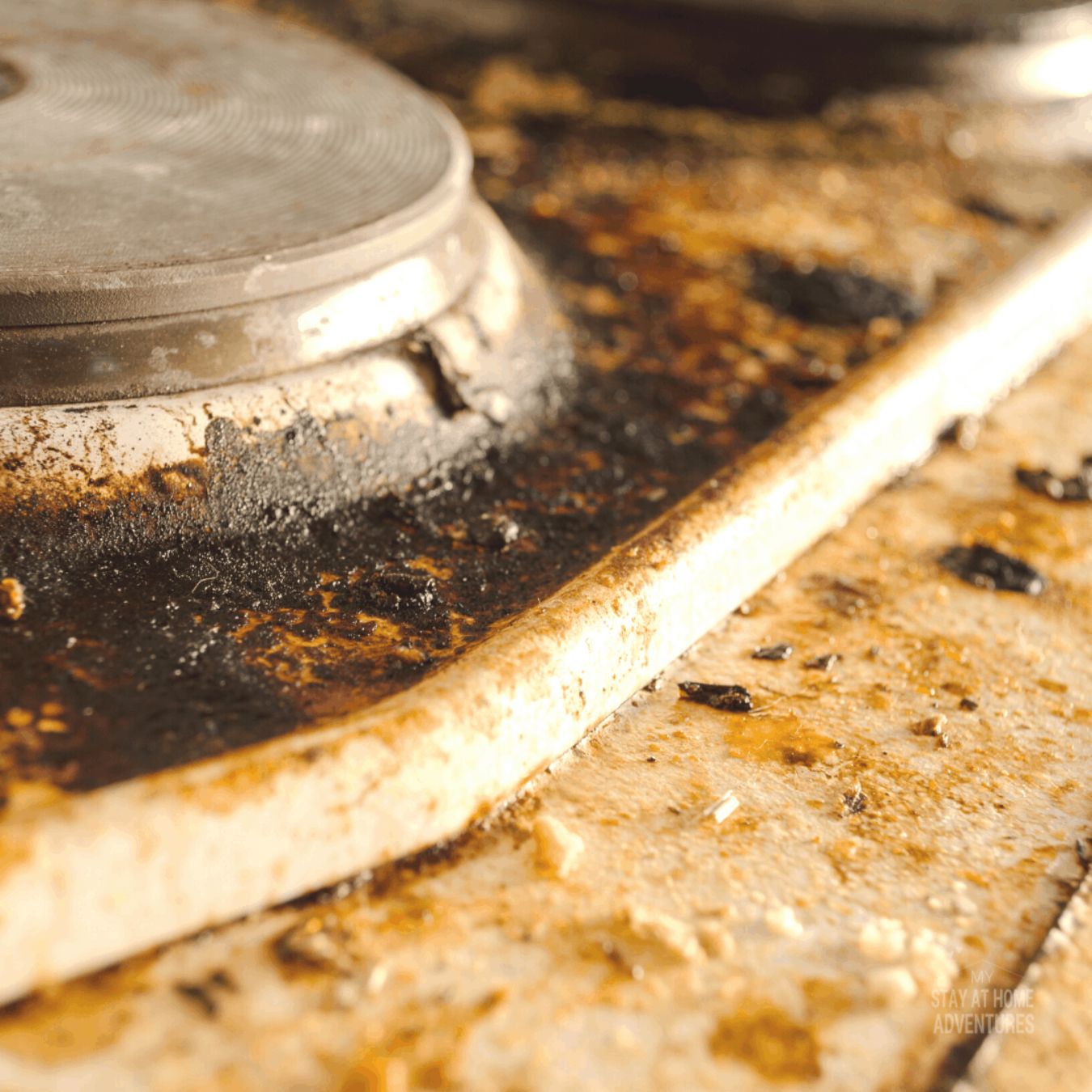
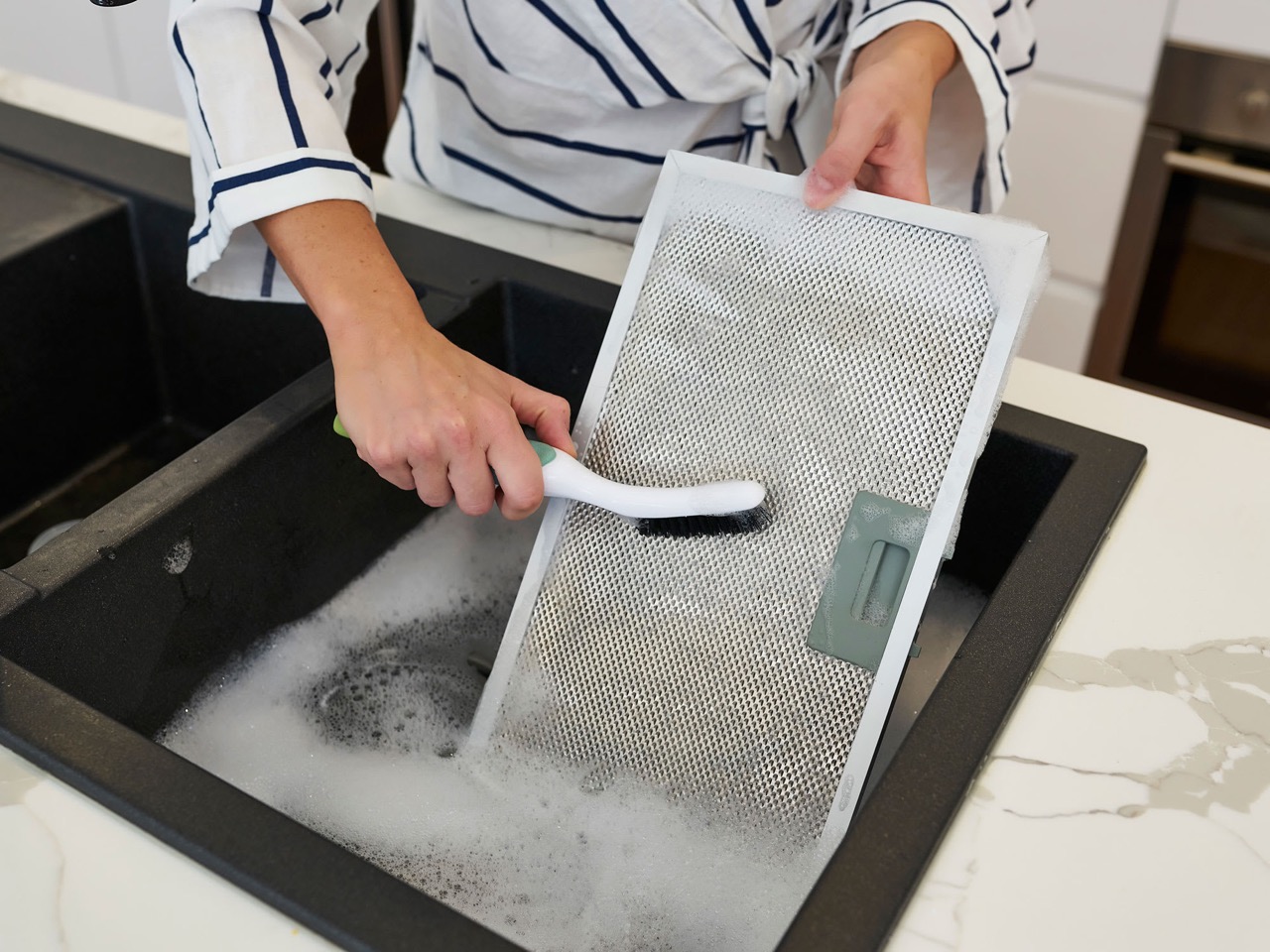
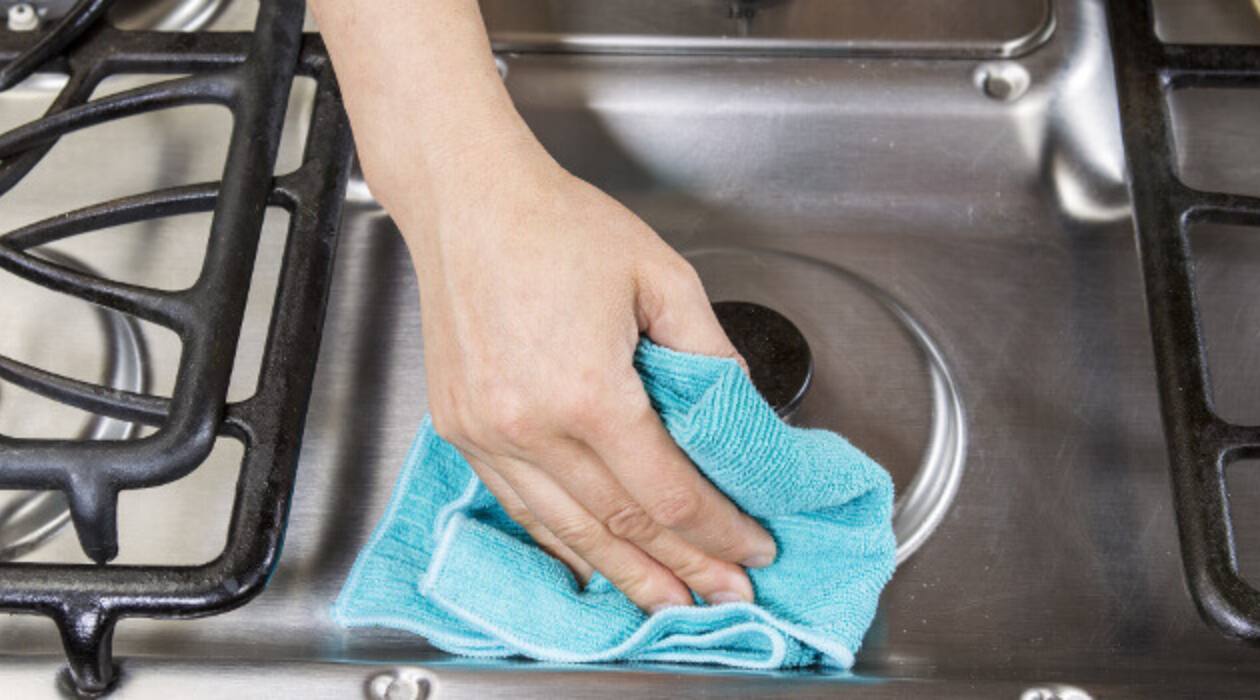
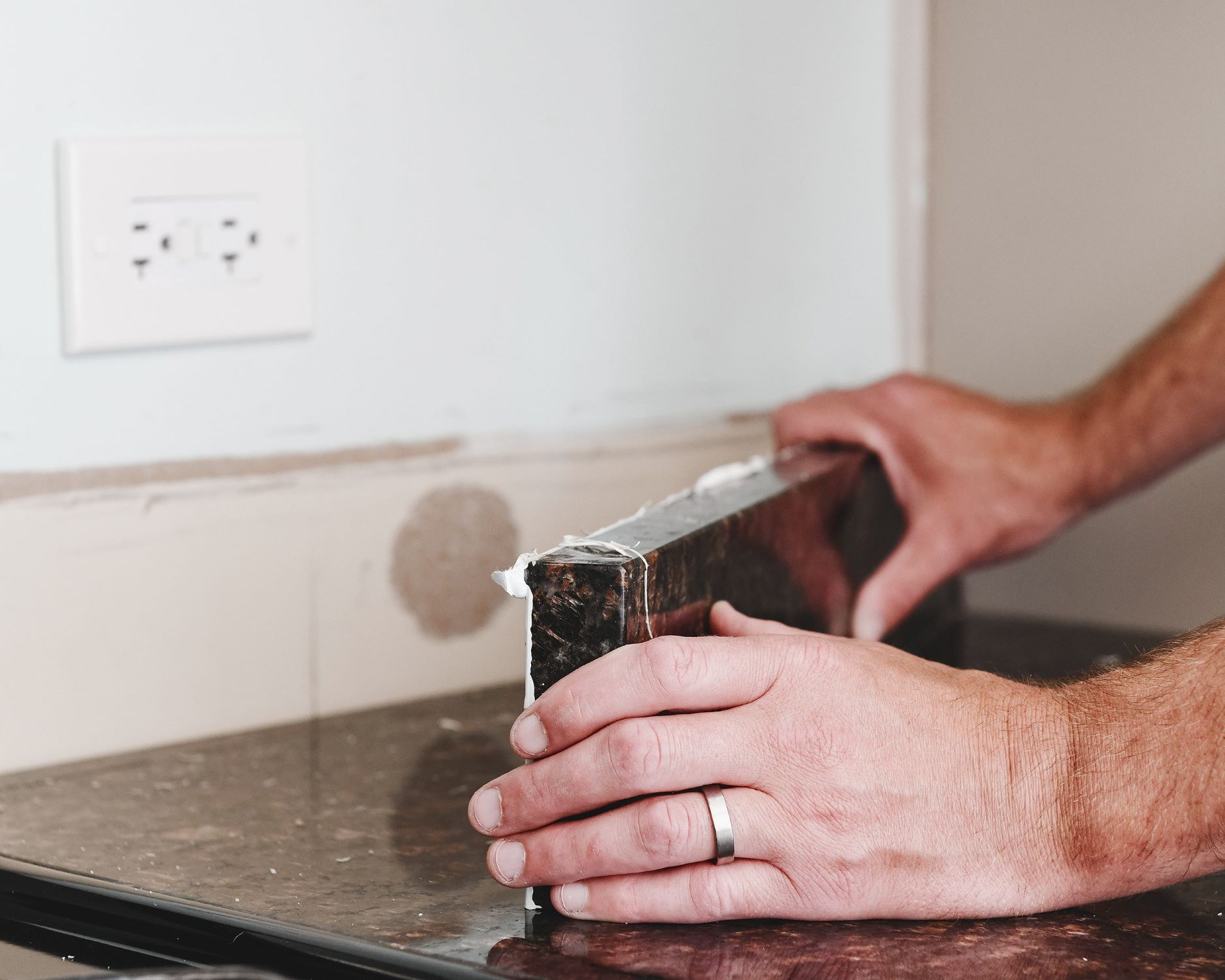
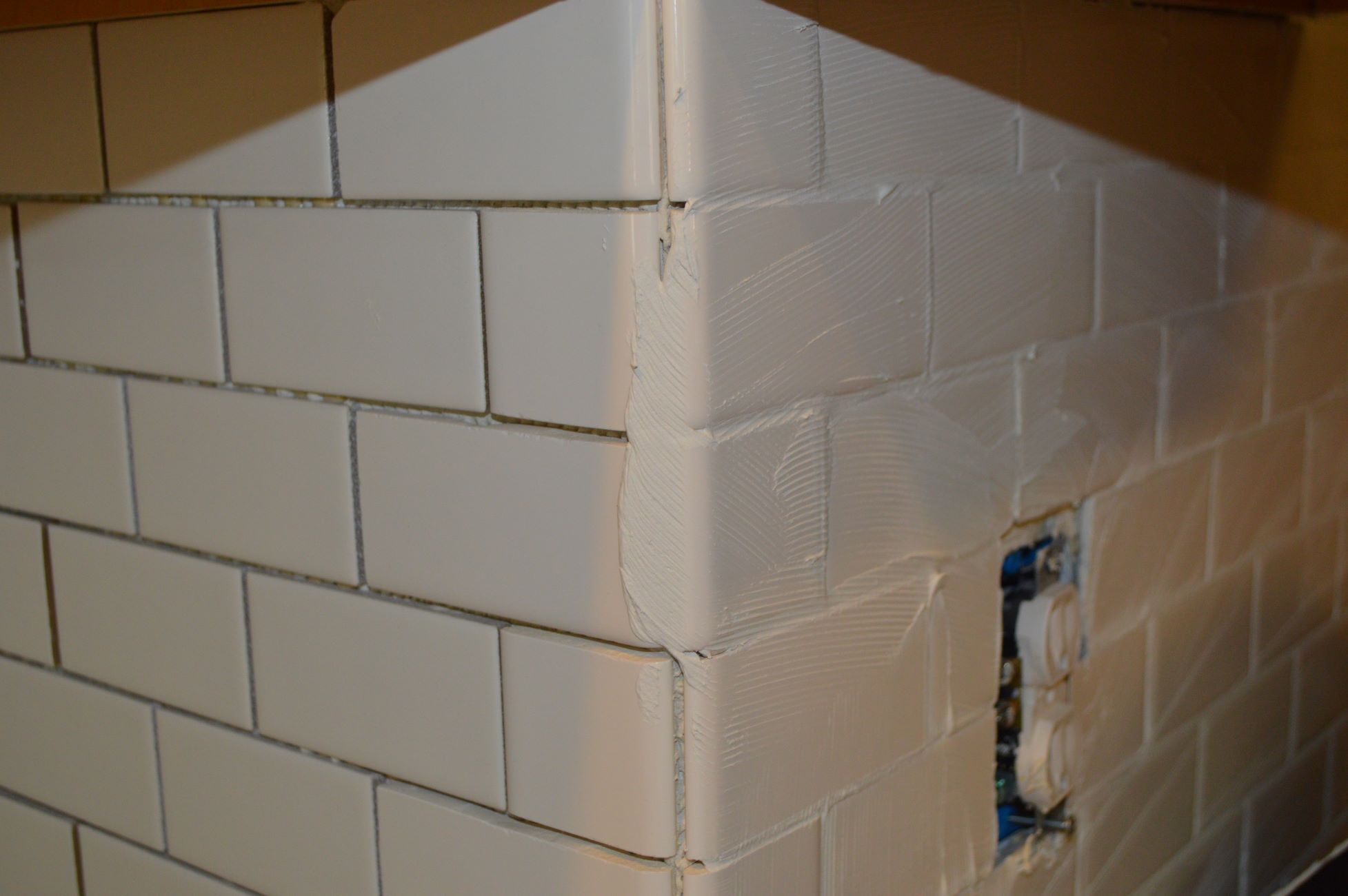

0 thoughts on “How To Remove Grease From Backsplash”